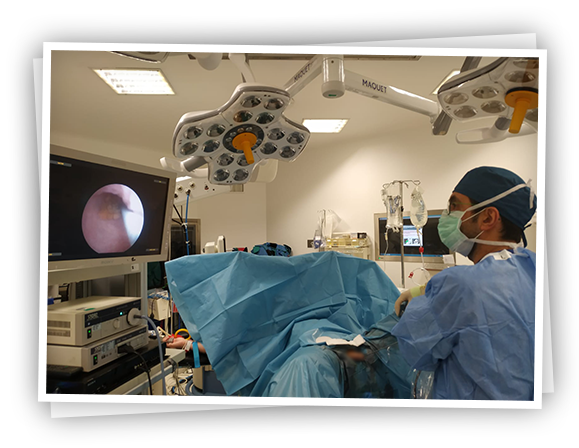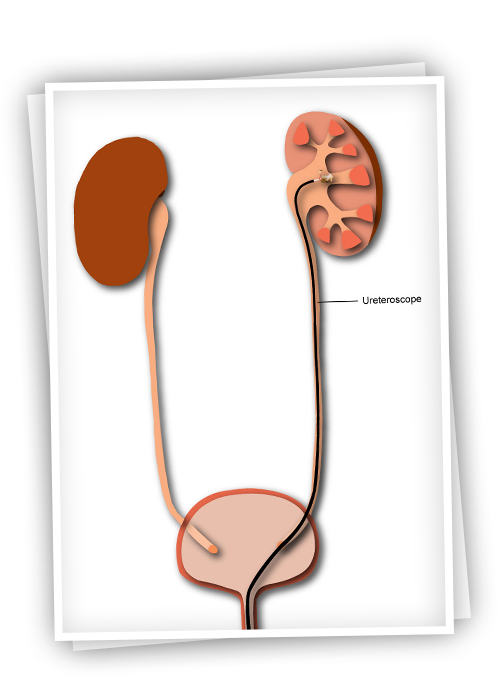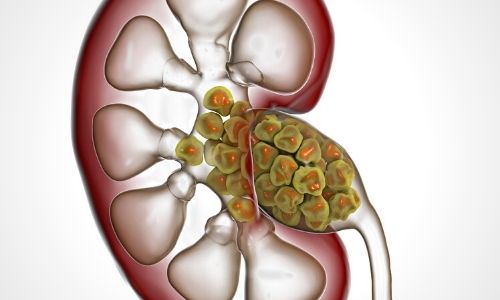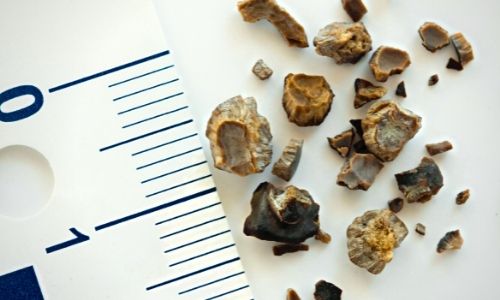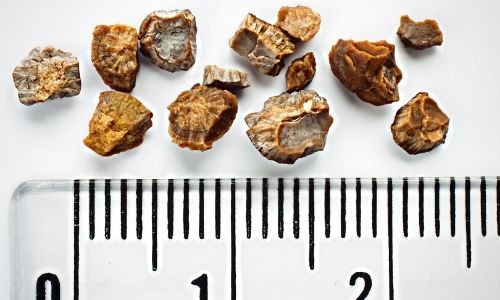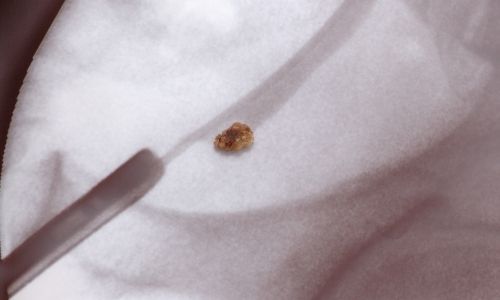What kind of discomfort does the stent placed during the surgery cause?
The stent is a thin plastic tube that provides the flow of urine between the kidney and the bladder and ensures the integrity of the urinary tract. They cause complaints such as flank pain, stinging, burning sensation, bleeding in the urine, frequent urination, and constant urination in patients.
The complaints caused by the stent in patients and their treatment methods have been the subject of many academic studies. Bladder relaxants (anti-muscarinics) and prostate drugs (alpha-blockers) can be given to relieve patients.
Who is the surgery recommended for?
Patients with stones in the urinary tract (ureter) usually have 2 treatment options. External sound waves lithotripsy (ESWL) and ureteroscopic lithotripsy (URS). ESWL is recommended as the first treatment option for stones smaller than 1 cm in the upper part of the ureter, and URS surgery is recommended for stones larger than 1 cm. However, URS is also recommended for patients whose stones are not broken with ESWL.
In the kidney, it is a particularly successful method for stones smaller than 2 cm. It can also be applied in larger stones, but several sessions may be required for complete stone-freeness.
Urs in Special Patients:
Since the URS procedure is performed through the urinary tract and without any incision, it can also be safely applied to those who use blood thinners.
Kidney-ureteral stones in overweight (obese) patients are difficult to treat. The success of sound wave lithotripsy (ESWL) in obese patients is lower than in non-obese patients. Percutaneous nephrolithotomy surgery is a very difficult and experienced procedure in these patients. f-URS is a safe treatment method in the treatment of kidney stones in obese patients.
Can URS Surgery be Applied in Children?
Since the urinary canals and kidneys of pediatric patients are much thinner and smaller than adults, the URS method can be used in pediatric ureter and kidney stones by using thinner and more sensitive endoscopes (ureteroscope). However, it is recommended to be applied especially in centers with experienced and sufficient technical equipment.
To Whom Is The Surgery Not Applied?
Since the procedure will be performed under general anesthesia, it cannot be applied to patients who are not suitable for anesthesia. In patients with urinary tract infection, the infection should be treated first and then the procedure should be applied.
How to Prepare Before the Procedure?
Before the procedure, the anesthesiologist will definitely want to examine you and see some of your laboratory tests, chest x-ray and heart electron. Before the surgery, your urine should also be checked for infection. If there is an infection, it must be treated beforehand. Again, the blood pressure, sugar or heart medications you use should be used in consultation with your doctor.
Eating and drinking water should be stopped 6-8 hours before the scheduled surgery time the night before the surgery.
Does URS Surgery Affect Sexual Life Negatively?
Since this surgery is performed through the urinary tract, men think that their sexual life will be adversely affected. In women, on the other hand, they think that their genitals may be damaged because the urinary tract is very close to the genitals. However, URS surgery does not harm sexual life or sexual organs of men and women.
What Are the Risks of URS Surgery?
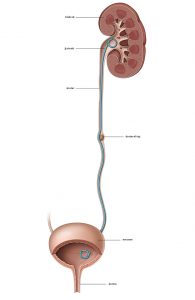
Although the surgery is an endoscopic and incisionless procedure, it includes some risks. If the urinary tract is narrow enough to prevent the advancement of the endoscopes, balloon expansion can be performed. However, if it is still too narrow, the procedure can be postponed to the next session by placing a stent. The stents expand in the ureter and the second session (usually after 2 weeks) is successfully performed.
The most feared risk of the procedure is injury to the urinary tract during the procedure. This injury can range from a small tear in the ureteral wall to a rupture of the ureter's integrity. Minor injuries heal spontaneously after stent placement in the ureter, while complete ruptures are usually attempted to be repaired with open surgery.
Sometimes stones accompany the infection and this infection may not be detected with previous urinalysis. After the surgery, this infection can mix with the blood and cause serious conditions. In this case, it can be treated with appropriate antibiotics.
Apart from these situations, slight bleeding in the urine and pain on the operated side can be seen. A stone located in the upper part of the ureter may escape towards the kidney during crushing with URS. In this case, the stone in the kidney can be broken up with a flexible flexible ureterorenoscope.
How Many Days Will You Stay In The Hospital After The Surgery?
Patients can be discharged after hours after the operation, which is uneventful. However, patients are usually discharged 1 day after the procedure to make sure everything is going well. Patients who develop complications may need to stay in the hospital longer to complete their treatment.
How Long After To Return To Daily Activities Or Work?
The biggest advantage of endoscopic surgeries compared to open surgeries is the short return time to work and normal daily activities. It is recommended to spend the first few days after discharge, especially at rest. If severe pain, high fever and bleeding develop after the surgery, you should definitely consult your doctor.
What to do with the removed stones?
The extracted stones are sent to the laboratory for analysis in order to learn the chemical substances they contain. Knowing the chemical content of the stone formed in the patient's kidneys can guide the doctors in preventing the recurrence of these stones.
In some patients, the stones become infected and contain germs (bacteria). During surgery, these bacteria can enter the blood and cause serious infections. For the most accurate and rapid treatment of these infections, the stones are placed in special containers during the surgery and sent to the microbiology laboratory in these patients. According to the results of this test, appropriate antibiotic therapy is given to the patients.
